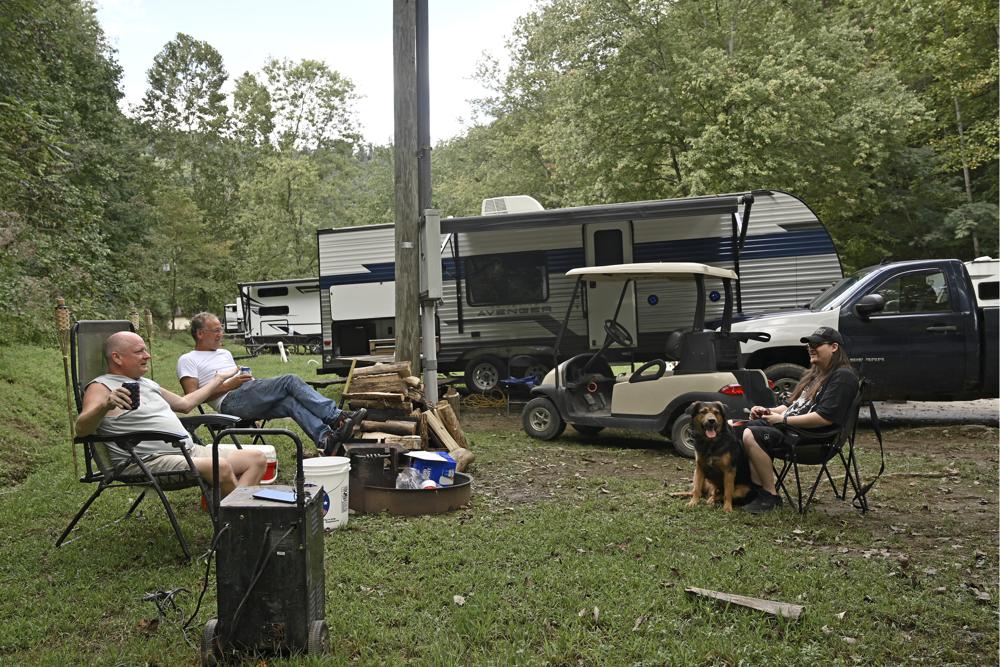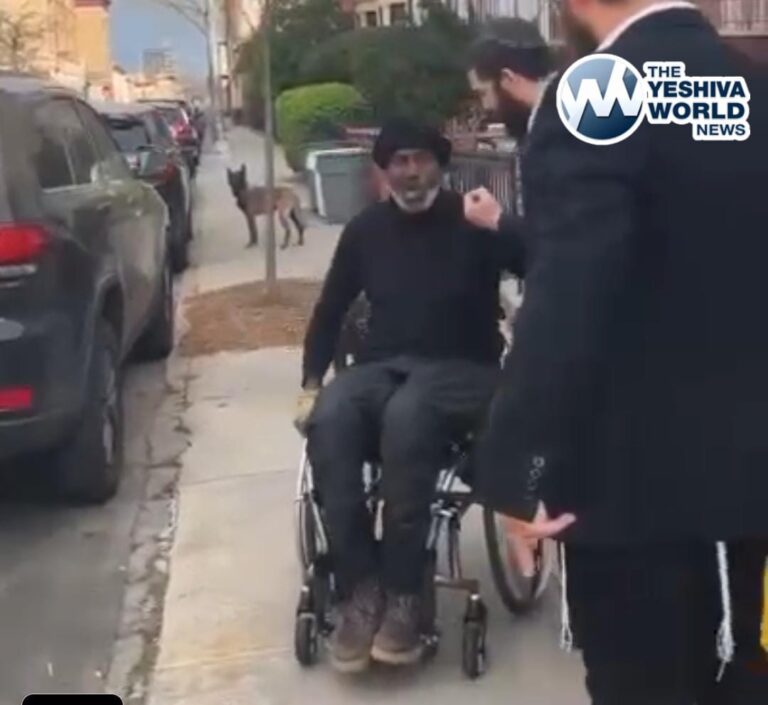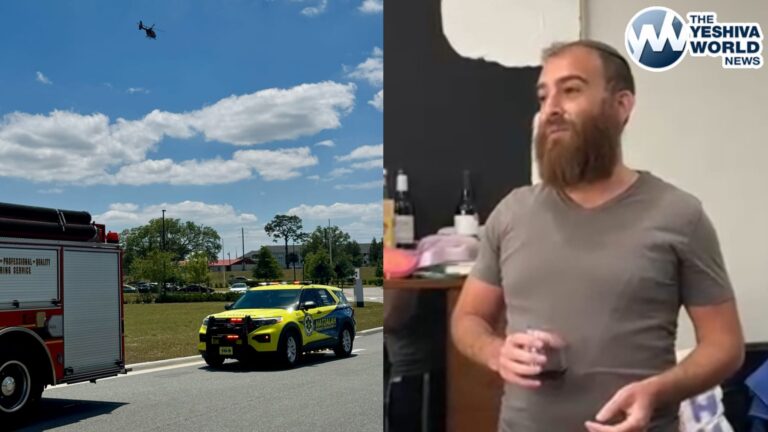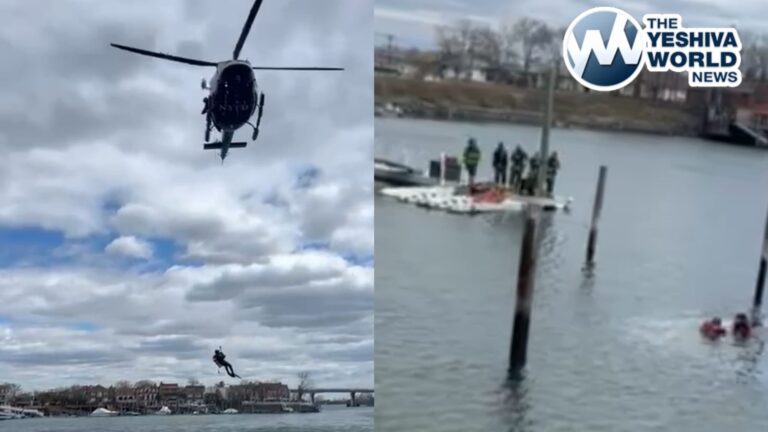David Stephens’ children romped around the small patch of grass they’ve turned into a makeshift playground, running and laughing — seemingly without a care in the world.
Their father, though, is gripped by worry about the future. And he marvels at his kids’ resilience, considering the losses and hardships they’ve endured.
When floodwaters engulfed their eastern Kentucky home in late July, they first moved into a motel. Now Stephens, his 8-year-old son, Loki, and 6-year-old daughter, Kerrigan, are staying in a travel trailer — taking their place among those displaced by the disaster in a recreational area filled with lawn chairs, picnic tables, bikes and toys as people grasp for some sense of normalcy.
“My kids are pretty tough, and we’ve been through a lot,” he said. “We lost everything we had.”
They’re staying at a state park campground, where trailers set up in long rows have become temporary homes for families trying to figure out how and where to rebuild after historic flooding caused at least 39 deaths in the state. Some are still waiting for checks they hope are coming from the federal government. Others have gotten their money but are stuck on waiting lists for much-in-demand carpentry crews.
Fleets of trailers are descending on the Appalachian region — some brought in from western Kentucky, where they served a similar purpose for people who lost homes when tornadoes hit in December.
Kentucky is receiving up to 300 donated travel trailers from another state well acquainted with natural disaster, Louisiana. Sixty-five trailers have arrived so far, Kentucky Gov. Andy Beshear said at a Frankfort news conference Thursday. The trailers originally were acquired to shelter people displaced by Hurricane Ida in 2021.
In eastern Kentucky, about 300 people have moved into 100 trailers at various sites, with more on the way or being prepared onsite for people still waiting, Beshear said. Area state parks are still housing more than 340 people left homeless by the flooding.
“Getting the trailers is not our challenge,” the Democratic governor said. “It’s safe places to hook them up. It’s the electric; it’s the utilities. And we continue to search for more.”
The trailers offer a place where families can “spread out a little bit,” Beshear said. During a recent stop in Hazard, he saw trailers being set up at a park offering a range of recreational activities.
In the desperate days after floodwaters inundated homes, and swept some away, many people in the region took refuge in makeshift shelters at churches and schools. The trailers are part of a progression toward the ultimate goal — getting people back into permanent housing.
The governor emphasized the trailers aren’t a long-term solution to housing challenges.
“We don’t want these to be forever homes,” Beshear said. “This is not the end; this is the middle. This is intermediate housing.”
But some occupants expect to spend the coming holidays and at least part of 2023 in the trailers. They’re grateful for the temporary lodging but long for something more settled.
“Having a place of your own is good, but I’d rather it be like a house,” said Jordan Perkins, 31, who is sharing a trailer with his girlfriend along with their dog and cat.
He’s hoping a carpenter gets to work rebuilding his grandfather’s house, where he lived and worked as an IT specialist before the flood hit. His grandfather is staying with a family friend. Lacking internet service at the trailer, Perkins bought boxed sets of TV shows on Blu-ray to pass some of the time.
“I wish I had internet and phone service,” Perkins said. “That’s really the biggest problem with being over here. You’re isolated. And people want that when they come over here (to camp), but they don’t necessarily want that when they have to live here.”
Perkins was sitting outside at the state park campground with his new neighbor, Lyndon Hall. Having worked most of his life, Hall, a 57-year-old mechanic, is taking some time off.
“I ain’t never taken a vacation,” he said, a beer in one hand. “Feels pretty good.”
Hall also is biding time in a trailer until he reaches the top of the waiting list for carpenters to rebuild his home, where he also operated his business. Family and friends stop by to visit, and he spends some of his time fishing in a nearby lake. The catfish have been biting, he said.
A few doors down, Bernard Carr is sharing his trailer with his 13-year-old Chihuahua, Wiley. The 84-year-old retired carpenter and Marine Corps veteran spends his days taking his dog outside and listening to country music and the news on his radio. He doesn’t drive anymore, so a friend brings him food and takes care of his laundry.
He spent two weeks in his flood-damaged home until “everything started molding,” he said. Other than the lack of cable TV access, Carr had two complaints about his new lodging.
“I can’t let my dog loose,” Carr said. “She was always used to going out in the yard, playing.”
His only other complaint?
“I’ve got my American flag in there and no place to put it,” he said.
Several families in the region already have moved on from the travel trailers to other housing, and Stephens, 43, intends to do the same. He’s planning to take his kids to another place with more room once it’s ready to move in.
Until then, his children will keep playing outside their trailer, with bikes, scooters and other toys — all donated — strewn nearby.
“They’re good kids,” Stephens said. “I’m lucky.”
(AP)











